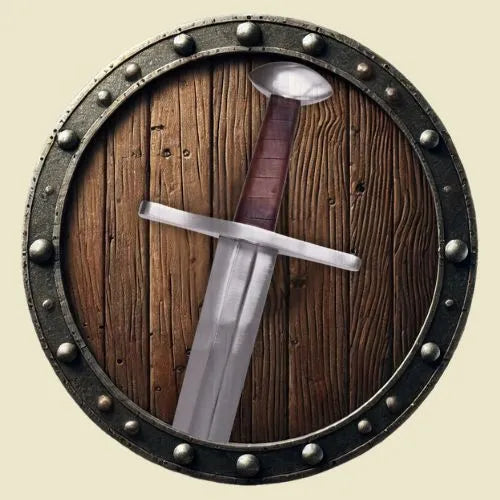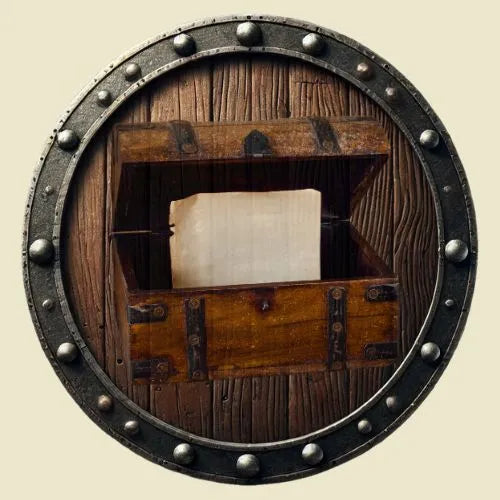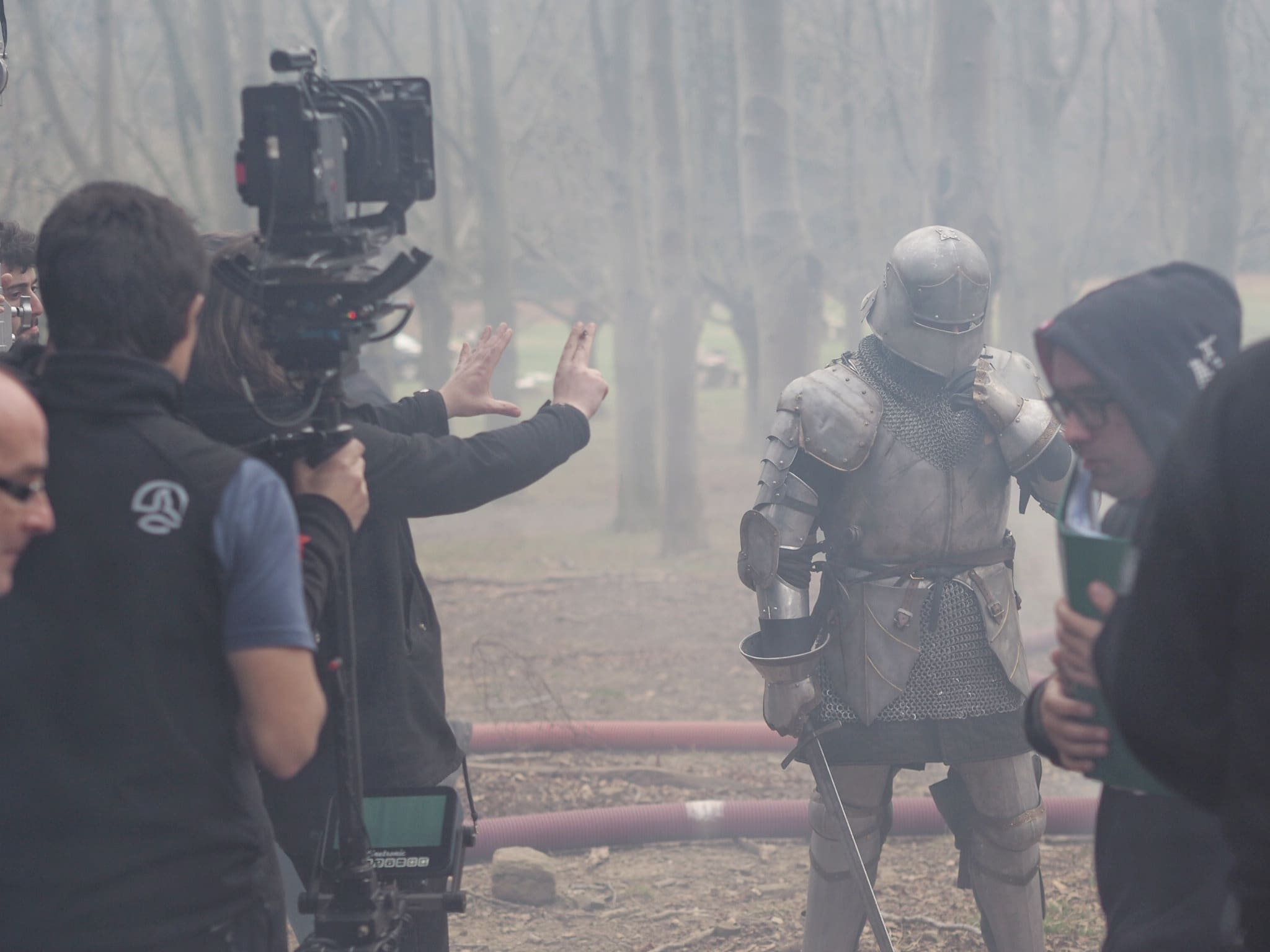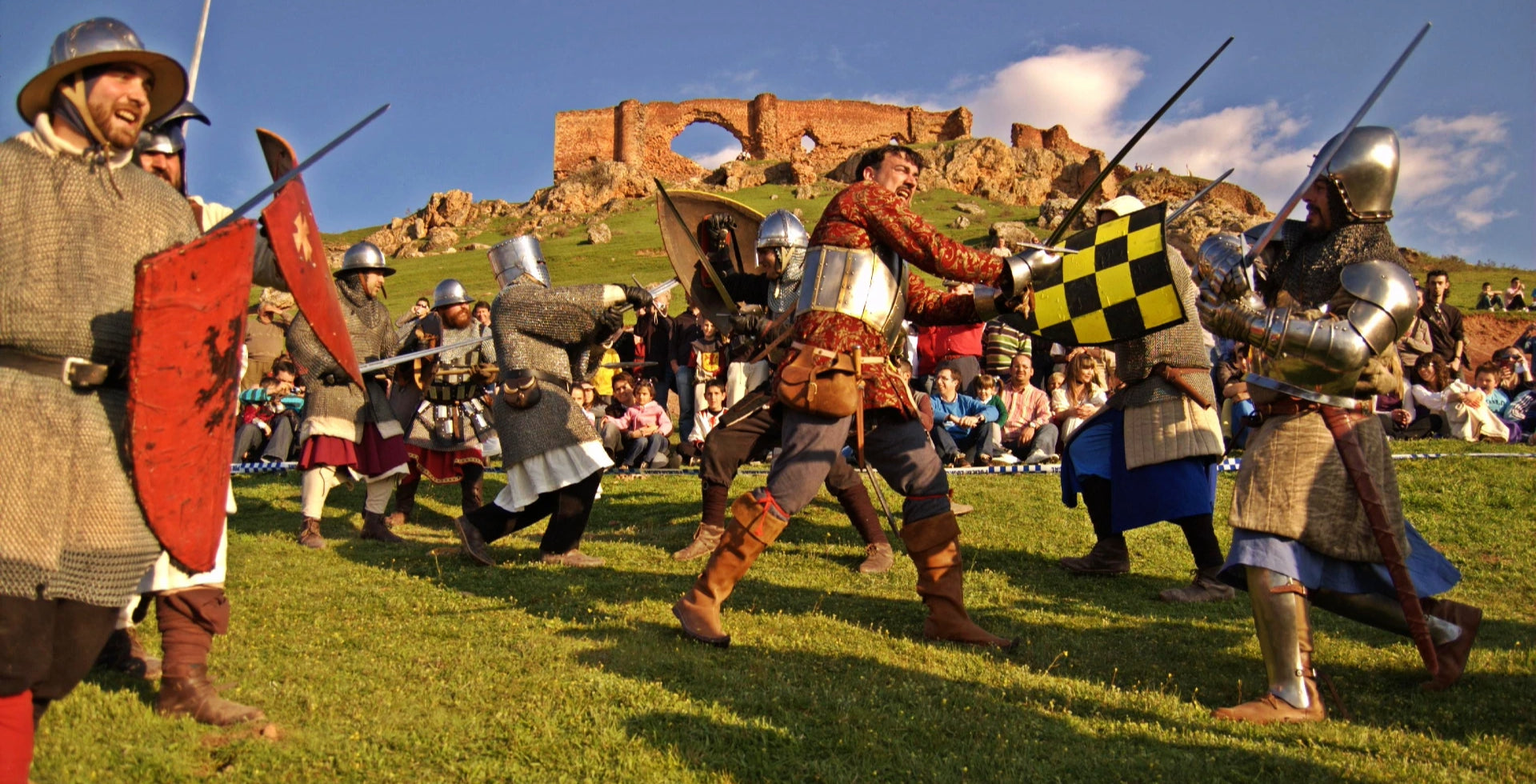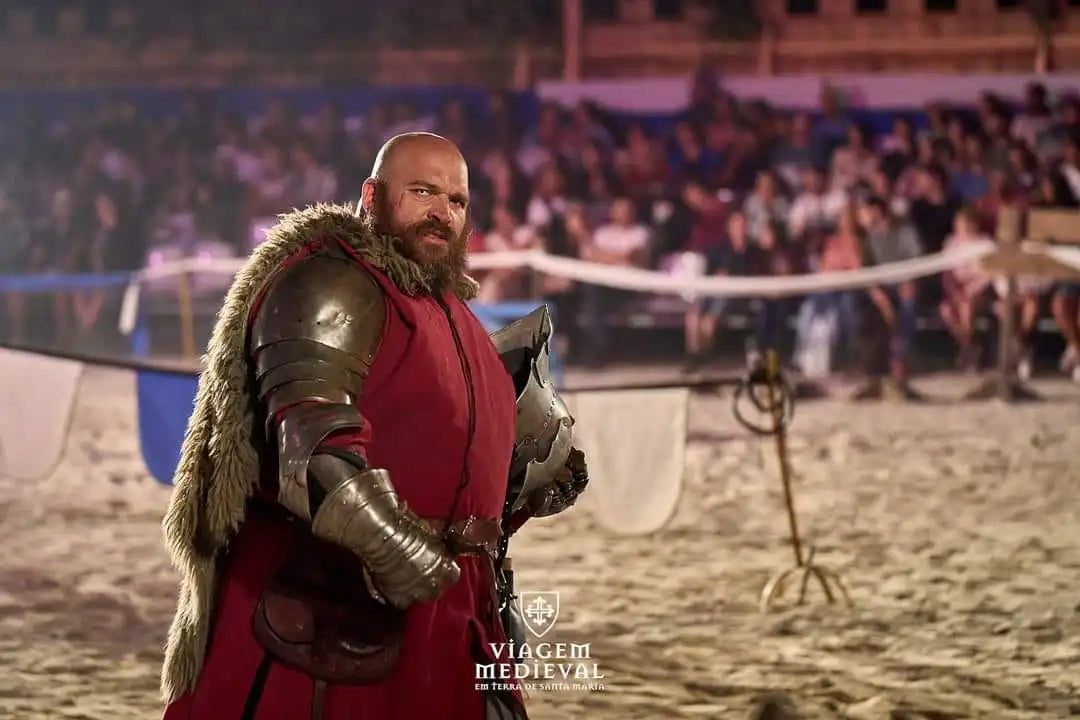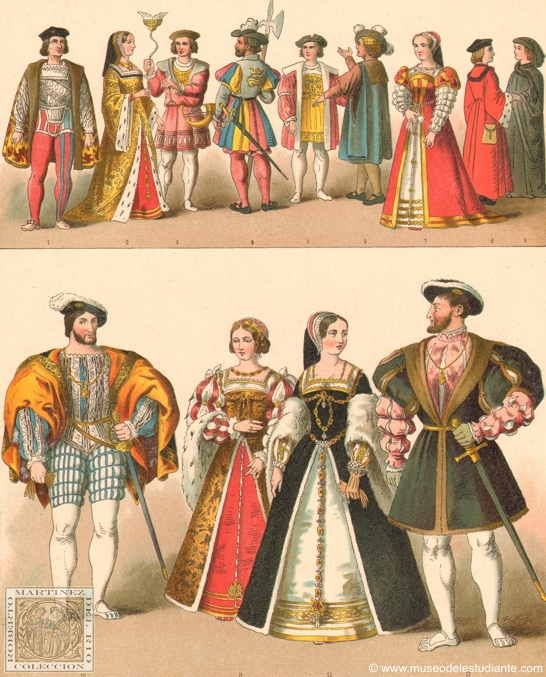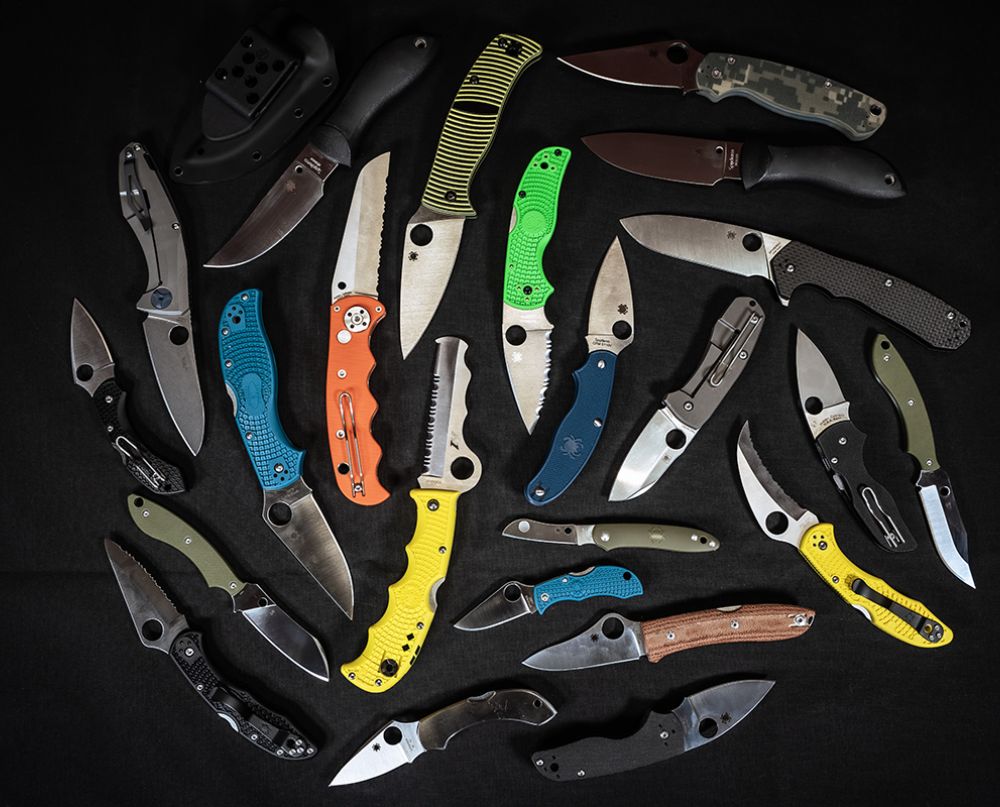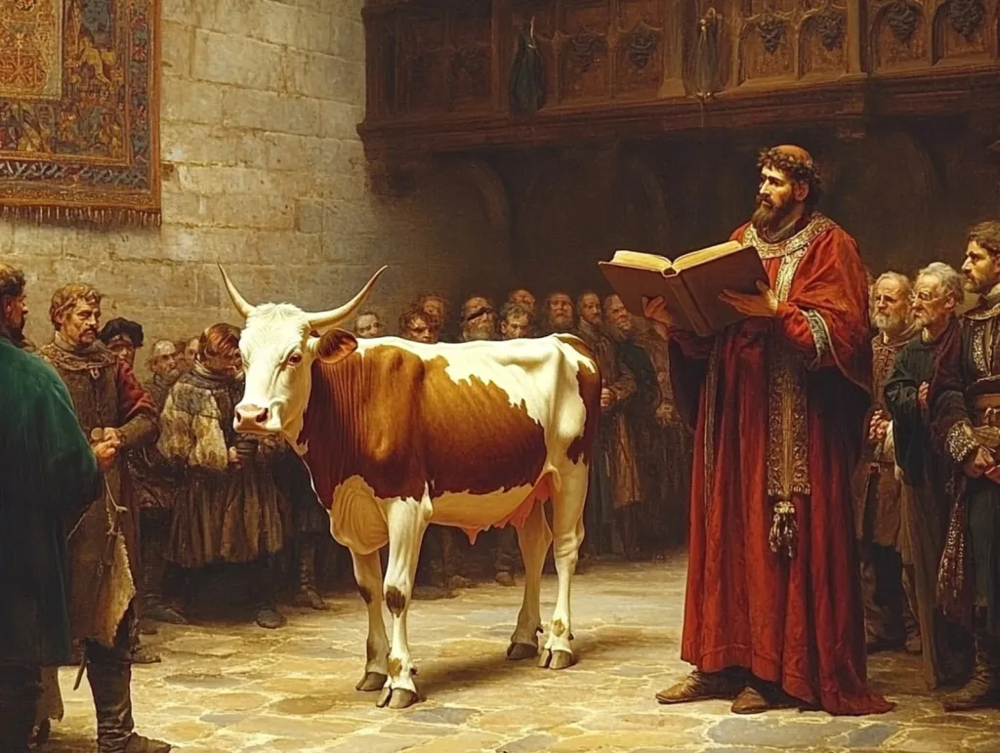Renaissance fashion (15th to 17th century) represented a radical transformation in European clothing, reflecting humanist ideals, the rise of cities and the power of the courts , becoming a symbol of status, identity and refinement, with meticulous attention to detail, materials and silhouettes. It was a manifestation of the power, social class and aesthetic evolution of the time.

Women's Renaissance clothing
The fashion of noble women
Renaissance noblewomen sought an hourglass silhouette, wearing rigid corsets that narrowed the waist and enhanced the bust. These were initially made of materials such as iron, later evolving into lighter versions with underwires, which provided support and shaped the female torso. Their use was associated with morality and social status, being a symbol of virtue and self-control.
They were placed over the inner shirt, called camicia (a word of Italian origin) , a basic garment made of linen or cotton, with long sleeves and a closed neck. It served as a barrier between the skin and outer garments, facilitating hygiene and protecting more expensive fabrics from sweat.
On top , hooped frames were worn , adding volume and richness to the garment, especially at court events. This internal structure was placed around the hips to give fullness to skirts; however, it was originally used to hide pregnancies and enhance the female figure.
 This was overlaid with the gamurra , a floor-length dress with a structured silhouette and necklines that varied according to fashion and social status, being plunging among the nobility. They had interchangeable sleeves, attached to the dress with bows or buttons, fitted or puffed, and made of fabrics that contrasted with the main garment.
This was overlaid with the gamurra , a floor-length dress with a structured silhouette and necklines that varied according to fashion and social status, being plunging among the nobility. They had interchangeable sleeves, attached to the dress with bows or buttons, fitted or puffed, and made of fabrics that contrasted with the main garment.
Depending on the season, their materials ranged from wool lined with fur in winter to lighter fabrics like silk or linen in summer. Furthermore, the gamurra could be adapted for pregnancy or breastfeeding thanks to front openings.
Over the dress was placed an overskirt known as a saya, often made of luxurious fabrics such as velvet or silk, and padded for winter.
The garments were embroidered with gold or silver thread, incorporating pearls, gems or metallic details embedded directly into them .
An important accessory was the collar, which evolved from simple decorated edges to the lavish lechuguillas , pleated and starched collars that reached excessive sizes and became a visible sign of status.
Embroidered headdresses, hairstyles gathered with golden nets, decorative tiaras , and the use of natural perfumes or cosmetics, although discreet, were also common.
Footwear was an extension of clothing and a reflection of social hierarchy. Noble women wore platform shoes that elevated their height and protected their dresses from the mud of the streets.
For cover, they wore large, heavy capes made of wool , velvet, or fur, lined inside to retain heat. These were worn by both nobles and peasants.
Women's fashion in the working class
Working-class women dressed in a simpler and more practical way.
They wore linen or cotton chemises as undergarments, over which they wore wool skirts, aprons and more flexible bodices, tied in the front.
Unlike noble ladies, they did not wear rigid corsets or bulky petticoats, facilitating their mobility in the tasks they performed. Colors were more subdued, with earth tones predominating, and fabrics were durable and affordable. Renaissance rural fashion prioritized comfort, fabric durability, and ease of movement, key aspects in agricultural and domestic tasks.
Hats and headdresses, such as wimples , caps or scarves, varied according to the season and the type of work performed.

Renaissance men's clothing
Men's fashion in the nobility
Noble men sought to highlight their status through elaborate garments and bold cuts. They wore an undershirt similar to women's, made of linen or cotton, with long sleeves and a closed collar, which served as a base garment over which the other pieces were layered.
The doublet , which was a jacket fitted to the torso, with sleeves that could be detachable, often padded on the shoulders and chest.
It was combined with tight leggings , fitted trousers that covered from the waist to the feet. They could be one piece or divided into two, plain colours , striped patterns or , like the ornate breeches , with layers decorated with embroidery, fur or family emblems, they were held to the doublet by means of ties . They were made of silk or velvet, enriched with gold details, carved buttons or metal applications.
The hats that often accompanied medieval costumes came in a variety of styles, from berets to wide-brimmed hats, often adorned with feathers, jewels, or embroidery. Wearing a hat was a symbol of status.
 They wore fine leather gloves . Swords with ornate hilts and discreet jewelry contributed to the masculine Renaissance bearing.
They wore fine leather gloves . Swords with ornate hilts and discreet jewelry contributed to the masculine Renaissance bearing.
Even the hairstyle was a statement of elegance: long, well-groomed, perfumed, and occasionally curled with rudimentary techniques.
Gala capes or mantles were also used, made of heavy fabrics such as wool or velvet, and could be lined with fur or made of Double cloaks with ornamental brooches that, in addition to providing warmth, symbolized their rank . They were adorned with embroidery, reflecting the wearer's status. .
Finally, many wore decorated high boots and masculine perfumes based on musk or flowers.
Men's clothing in the working class
Among the working classes, clothing was much more functional. Men wore linen or cotton shirts , leggings ( wool in winter ), and simple, sturdy, and comfortable jackets.
The footwear, often made by themselves or by local artisans, was robust and designed to withstand the work of the fields.
Dark or neutral colors predominated , since they hid dirt better and were easier to maintain.
This Renaissance workwear was versatile and focused on durability.
Hats were simple, made of felt or wool, and usually provided protection from the sun or rain.
If you like vintage clothing, don't forget to check out our store , where you'll find a variety of clothing and accessories for every taste.

